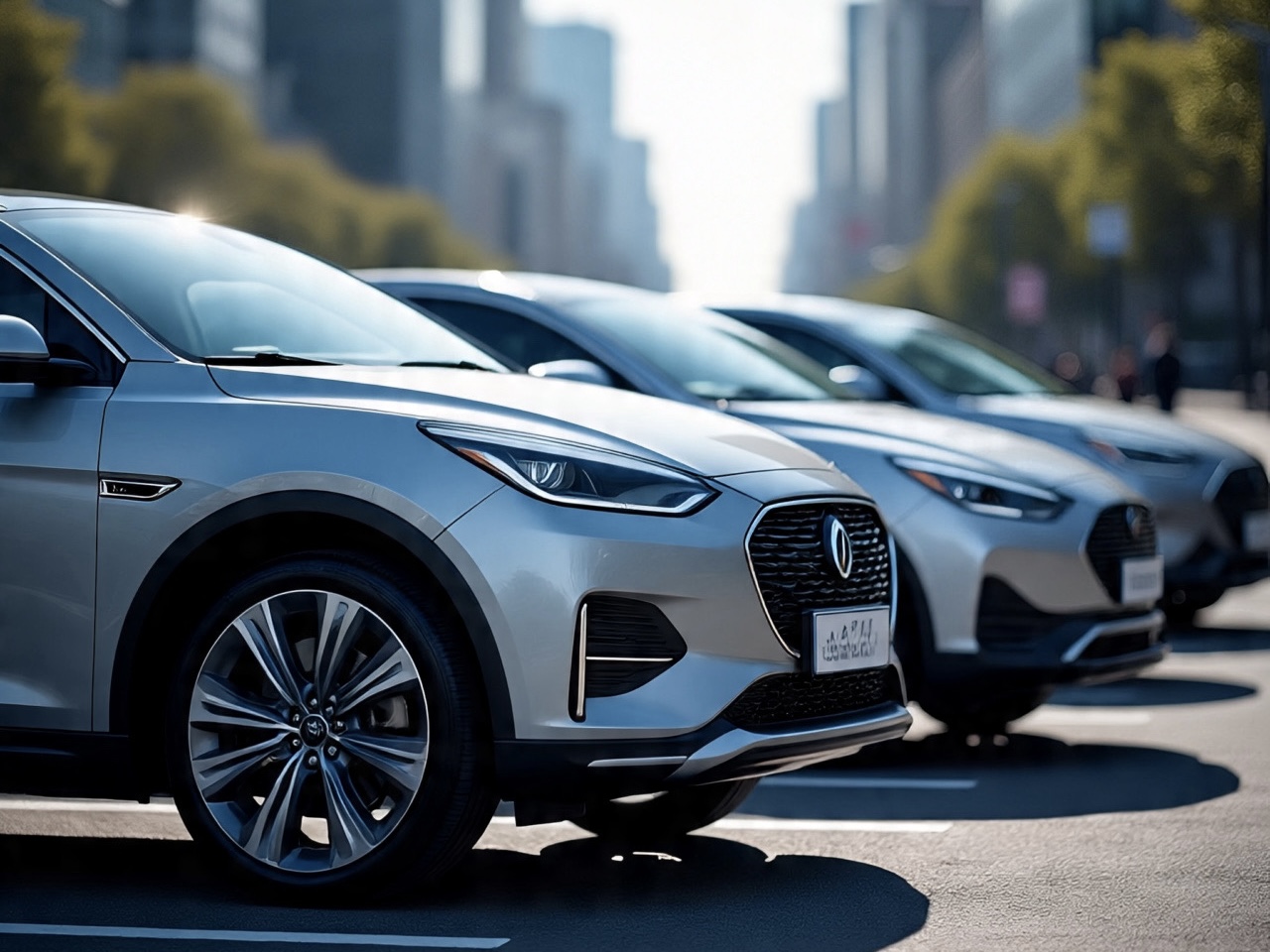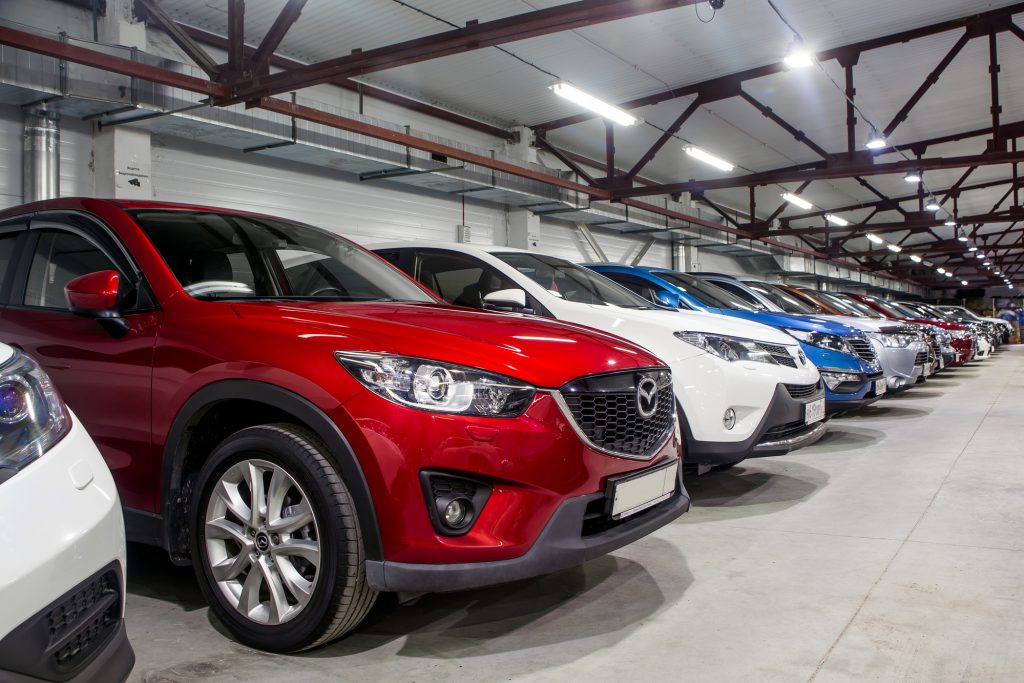
Canada’s electric vehicle momentum slowed sharply in the first quarter of 2025, with zero-emission vehicles making up just 9.7 per cent of new light-duty registrations — a significant drop from both the previous quarter and the same period last year.
According to S&P Global Mobility’s latest Canadian Automotive Insights report, Q1 2025 saw nearly 400,000 new light-duty vehicle registrations across all fuel types. Of those, zero-emission vehicles (ZEVs) — including battery electric vehicles (BEVs), plug-in hybrids (PHEVs), and fuel cell electric vehicles (FCEVs) — accounted for just 9.7 per cent of the market.
That’s down from 12.5 per cent in Q1 2024 and a steep fall from the 18.9 per cent share recorded in Q4 2024. The report attributed the decline to a mix of policy changes, economic uncertainty and shifting consumer sentiment, “indicating a notable slowdown in ZEV penetration during Q1 2025.”
ZEV registrations fell by nearly 19.5 per cent in volume compared to Q1 2024, even as total vehicle registrations rose by 3.2 per cent. The electric vehicle segment alone dropped more than 56 per cent from Q4 2024, while PHEV sales fell by 44 per cent.
Several key factors contributed to the slowdown. The federal rebate program ran out of funds early, abruptly ending the $5,000 incentive. Quebec reduced its provincial rebate from $7,000 to $4,000 before suspending it entirely for two months, leading to a 65 per cent drop in BEV sales in the province.
The anticipation of new tariffs — including a 100 per cent tariff on Chinese EVs and 25 per cent tariffs on non-CUSMA-compliant U.S. vehicles — added further uncertainty for consumers. Inflation, high interest rates, and global trade tensions have dampened consumer confidence.
S&P recently found that 28 per cent of consumers say they’re likely to consider an EV, with cost, range, and charging infrastructure cited as top concerns.
Provincial Breakdown
ZEV adoption varied widely across provinces.
In Quebec, EV registrations fell to 11.2 per cent in Q1 2025, down from 33.4 per cent in Q4 2024 and 19 per cent in Q1 2024.
Ontario experienced a more stable trend, with a 5.1 per cent ZEV share in Q1 2025, down slightly from 7 per cent in Q4 2024.
In British Columbia, there was a marginal decline from 16.5 per cent in Q1 2024, with further slowdown expected due to a pause in provincial incentives.
There may be a rebound on the horizon. In April 2025, Quebec reintroduced its ZEV incentives, leading to a 109 per cent month-over-month increase in ZEV registrations. However, the long-term outlook remains uncertain as provinces adjust their policies and consumers weigh their options.
Looking Ahead
Despite the Q1 dip, the federal government’s mandate for 100 per cent zero-emission light-duty vehicle sales by 2035 remains in place. Automakers are expected to respond with more affordable and longer-range models, while governments continue investing in charging infrastructure and manufacturing capacity.
S&P Global Mobility noted that regional disparities in adoption will need to be addressed through coordinated efforts between provinces and the private sector to ensure a more uniform transition to electrification.













Leave a Reply